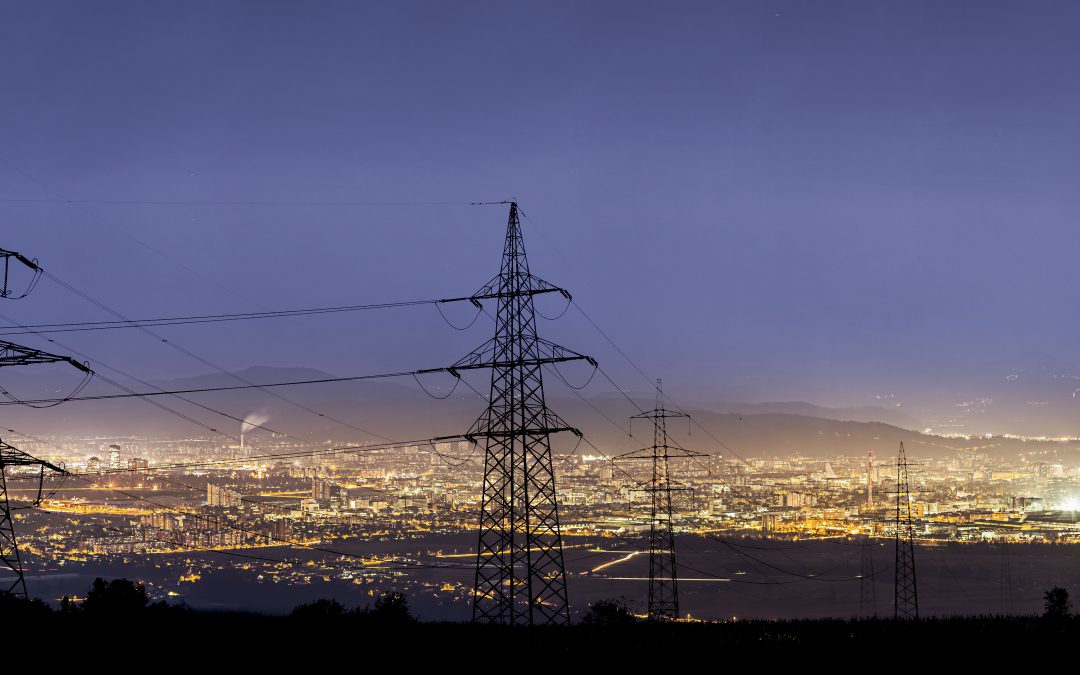Image: Shutterstock
Blog Editor’s Note: OK, we get it. Everyone sees things through their own lens. And if you specialize in hammers, you see nails everywhere you look. We have been doing a lot of work recently with timing.
But it is REALLY easy to see the need for resilient national timing in almost every tech challenge. And how implementing our recent Resilient National Timing Architecture white paper would help spur any number of good things in America. Like more efficient energy grids, easier incorporation of renewable energy, and moving away from burning coal.
And since RNTF is involved in public policy, it is also very easy to see how leadership and politics is foundational to most everything. Including the national timing we need and the electricity that powers our homes.
We think you will like the below article.
Why Does the U.S. Have Three Electrical Grids?
A new investigation argues that the politics is delaying electric grid unification
If you look at lists of the 100 greatest inventions of all time, electricity figures prominently. Once you get past some key enablers that can’t really be called inventions—fire, money, the wheel, calendars, the alphabet—you find things like light bulbs, the automobile, refrigeration, radios, the telegraph and telephone, airplanes, computers and the Internet. Antibiotics and the modern hospital would be impossible without refrigeration. The vaccines we’re all waiting for depend on electricity in a hundred different ways.
It’s the key to modern life as we know it, and yet, universal, reliable service remains an unsolved problem. By one estimate, a billion people still do without it. Even in a modern city like Mumbai, generators are commonplace, because of an uncertain electrical grid. This year, California once again saw rolling blackouts, and with our contemporary climate producing heat waves that can stretch from the Pacific Coast to the Rocky Mountains, they won’t be the last.



